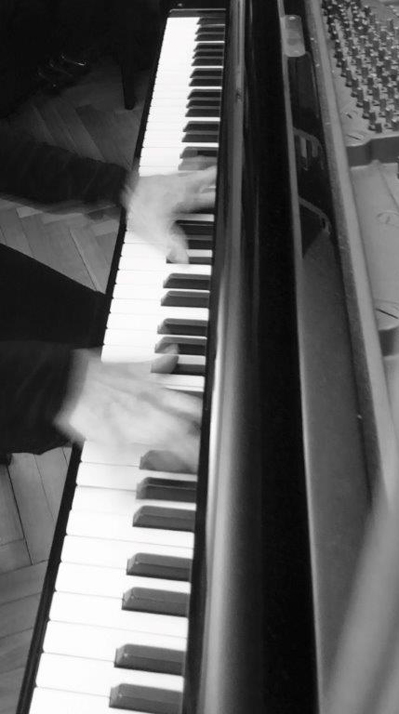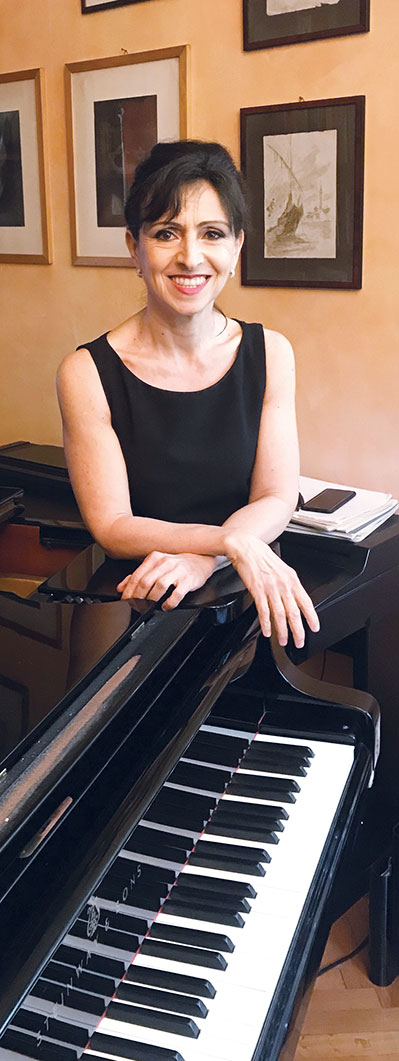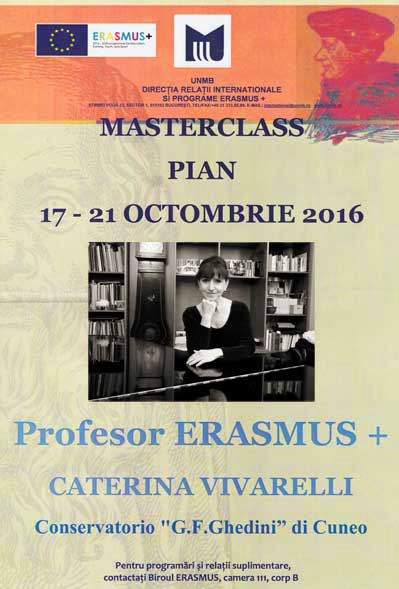In the last years I developed a personal didactic method, in order to improve and speed the learning of piano practice, analyzing especially the neuro-phisiological interactions during the study.
This short recapitulation of my considerations in the didactic field doesn't aim to become a scientific essay, rather it rises from my need to deepen the study of neurological interactions of pianistic practice.
Nowadays it is not difficult to read either paper or digital methods, through the facility of finding video and lessons on-line; however, during my long teaching career, I have come to the conclusion that any training, to be effective, must start from observing the student, finding his peculiarity.
The latest research from neuroscientists is focused on the almost infinite possibilities of our brain to create synapses, i.e. connections, and this outstanding power is the starting point of my research, in order to improve my teaching.
Below you can read some brief extracts: whoever wishes, can integrate the reading by downloading The right key, a brief summary of my didactic reflections.




